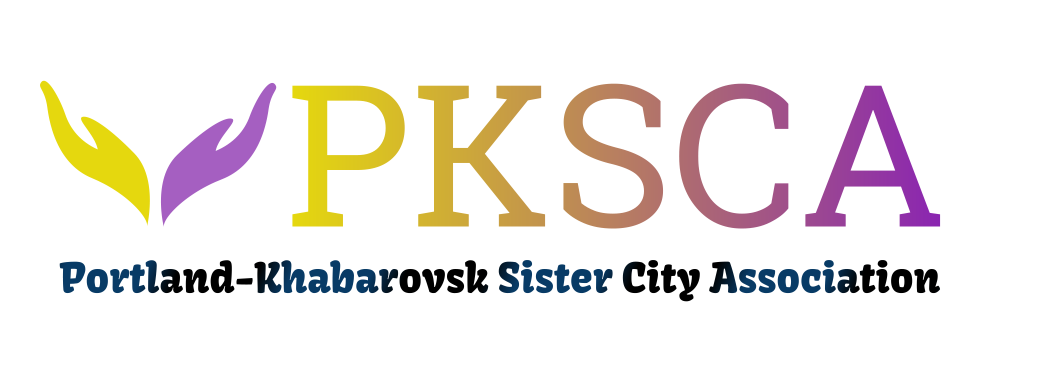
The Portland Khabarovsk Sister City Association “Clean Water Initiative” arose out of a November 2006 chemical plant explosion in Jilin, China that made headlines worldwide. Chemicals spilled to the Songhua River, a tributary of the Amur River, threatened the drinking water of Khabarovsk, Russia. Portland Mayor Tom Potter offered the assistance of the Portland Water Bureau and Khabarovsk Mayor Alexander Sokolov accepted on the basis of the two cities’ long-standing Sister City relationship. As the chemical “spot” moved downriver in December 2006 PKSCA facilitated a collaboration between Portland Water Bureau and Khabarovsk Vodokanal scientists and engineers.

In June 2006 Thomas Benke, PKSCA Director of Environmental Programs and Executive Director of ECO International, headed a Portland delegation to Khabarovsk in June 2006. The delegation included David Peterson, PWB Principal Engineer, and David Leibbrandt, President of the Portland water systems engineering firm Murray Smith and Associates. The Portland delegation brought with it a $25,000.00 portable water quality monitoring device (PID/GC) purchased and specially configured by the PWB in response to the crisis.

Through 2007 and 2008 the PKSCA Clean Water Initiative continued with funding from the Trust for Mutual Understanding and the Foundation for Russian American Economic Cooperation (USAID funds) and continues even today with plans for installation of a new drinking water filtration system at the Khabarovsk Vodokanal central drinking water facility designed in collaboration with Portland engineers.
As Khabarovsk’s ability to detect contamination in the Amur river improved, attention turned to removing toxic chemicals from the city’s drinking water supply. Khabarovsk Vodokanal again turned to PKSCA for guidance in identifying superior American technologies. The City of Portland’s engineers (led by the private engineering firm Murray Smith and Associates) introduced Khabarovsk to the ITT Leopold activated carbon underdrain technology that Khabarovsk soon installed at its drinking water treatment facility.
Click here to see a complete online report about the Clean Water Initiative.

A delegation of engineers from Khabarovsk Vodokanal tour the Wilsonville, Oregon drinking water treatment plant – which takes its water from the Willamette River – with engineers from Murray Smith and Associates. 
A working meeting between the two sister-city delegations drinking water system maintenance . 
An in the field discussion on methods for constructing a water-tight drinking water distribution system. 
The two drinking-water protection delegations gather before setting off on a water and sediment sampling run on the Amur River. 
Thomas Benke, PKSCA’s Director of Environmental Programs, consults with Brent Jorgenson of Creekside Environmental Consulting regarding the location of sampling locations in the Amur River near Khabarovsk.
